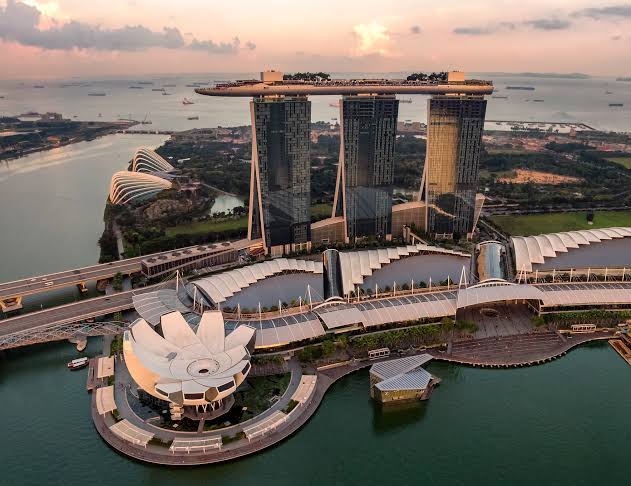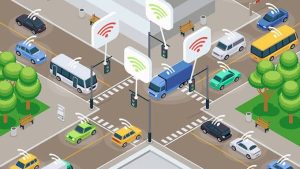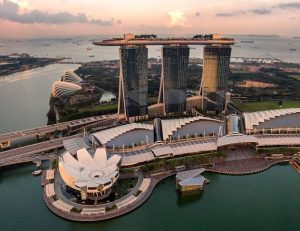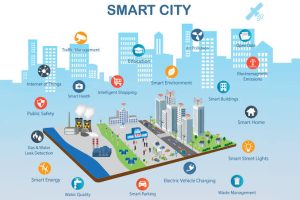
Smart Cities: The Future of Urban Planning
Smart Cities: The Future of Urban Planning
As urban populations continue to swell, the need for more efficient, sustainable, and livable cities has never been greater. Enter the concept of the “Smart City,” a vision of urban planning that leverages technology to enhance the quality of life for its residents. But what exactly makes a city “smart,” and how are these innovations shaping the future of urban environments?
What is a Smart City?
A Smart City uses digital technology and data-driven solutions to manage resources, services, and infrastructure more efficiently. The goal is to improve urban living by making cities more responsive, sustainable, and resilient. This involves integrating information and communication technologies (ICT) into the urban fabric, enabling real-time data collection, analysis, and action.

Key Features of Smart Cities
1. Intelligent Infrastructure:
– Smart Grids: These energy networks use digital communications technology to detect and react to local changes in usage, helping to reduce waste and optimize energy distribution.
– Smart Water Management: Systems that monitor water quality, detect leaks, and manage distribution efficiently.
2. Sustainable Development:
– Green Buildings: Structures designed with energy-efficient materials and systems that reduce environmental impact.
– Renewable Energy: Integration of solar panels, wind turbines, and other renewable energy sources to power city operations.

3. Efficient Transportation:
– Smart Traffic Management: Real-time traffic monitoring and control systems that reduce congestion and improve safety.
– Public Transportation Innovations: Mobile apps that provide real-time updates and digital payment options for seamless travel.

4. Enhanced Public Services:
– E-Government Services: Digital platforms for accessing government services, paying bills, and communicating with officials.
– Smart Healthcare: Telemedicine services, health monitoring apps, and data analytics to improve public health outcomes.
5. Data-Driven Decision Making:
– IoT Devices: Internet of Things sensors that collect data on everything from air quality to pedestrian traffic.
– Big Data Analytics: Tools that analyze vast amounts of data to identify trends, predict problems, and inform policy decisions.
Examples of Smart Cities
Several cities around the world are leading the way in smart urban development:
– Barcelona, Spain: Known for its extensive use of IoT devices, Barcelona has implemented smart parking systems, intelligent street lighting, and waste management solutions that have significantly reduced energy consumption and improved city services.
– Singapore: Leveraging its Smart Nation initiative, Singapore uses data analytics and sensor networks to manage traffic, conserve water, and provide high-quality public services. The city-state’s commitment to smart urban planning has made it a model for others to follow.

– San Francisco, USA: This city has embraced smart technology to enhance transportation, reduce emissions, and promote sustainability. Innovations include smart parking meters, electric vehicle charging stations, and green building incentives.
The Benefits of Smart Cities
1. Enhanced Quality of Life: Improved public services, efficient transportation, and better environmental quality contribute to a higher standard of living.
2. Economic Growth: Smart city initiatives can attract businesses and investors, creating jobs and boosting the local economy.
3. Sustainability: By optimizing resource use and reducing waste, smart cities help mitigate the environmental impact of urbanization.
4. Resilience: Real-time data and adaptive systems make cities better equipped to handle emergencies and natural disasters.
Challenges and Considerations
While the benefits of smart cities are compelling, there are also challenges to consider:
– Privacy and Security: The extensive data collection necessary for smart city operations raises concerns about data privacy and cybersecurity.
– Infrastructure Costs: The initial investment required to implement smart technologies can be substantial, though long-term savings and efficiencies can offset these costs.
– Digital Divide: Ensuring that all residents have access to smart city benefits is crucial to avoid exacerbating social inequalities.

Smart cities represent the future of urban planning, offering innovative solutions to the challenges of modern urbanization. By integrating technology into every aspect of city life, we can create environments that are not only more efficient and sustainable but also more enjoyable to live in. As more cities around the world adopt smart technologies, the dream of a fully interconnected, intelligent urban landscape is becoming a reality. The future is smart, and it starts with our cities.
